![]()
![]() R. Craig Collins >
ITSC 1305 > OS Time
Line
R. Craig Collins >
ITSC 1305 > OS Time
Line
Operating System Timeline © R. Craig Collins, 2005/9
Milestones in computing
2500 BC: Abacus, a counting and simple math device
(mechanical, not digital, single task, no storage)
150 BC: Antikythera mechanism, a geared device that could have been used in calculating time or triggering events
(mechanical, not digital, single task, no storage)
1642: Pascaline, a mechanical adding machine (the Pascal Programming Language is named after Blaise Pascal)
(mechanical, not digital, single task, no storage)
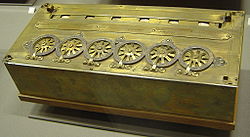
1671: Leibniz Wheel, an improvement of the Pascaline type machine that could multiply divide, and derive square roots. (Gottfried Wilhelm Von Leibniz)
(mechanical, not digital, single task, no storage)
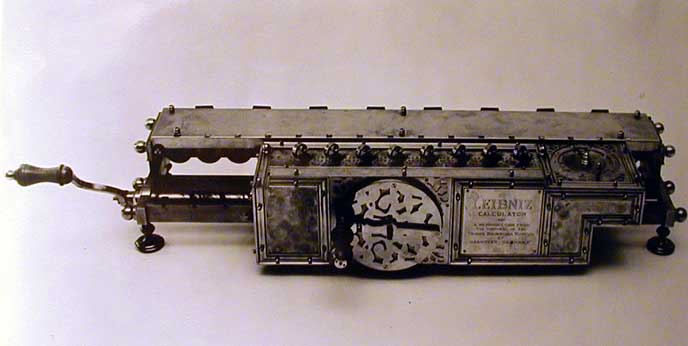
1801, Jacquard Loom, a programmable device which used punch cards to store designs that could be woven
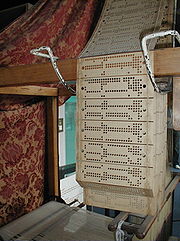
(mechanical, not digital, programmable, punch card storage)
1837, Babbage engine, a programmable, mechanical computer; Lady Ada Lovelace, daughter of Lord Byron, wrote the first program for the engine (The ADA programming language is named after Lady Ada Lovelace)
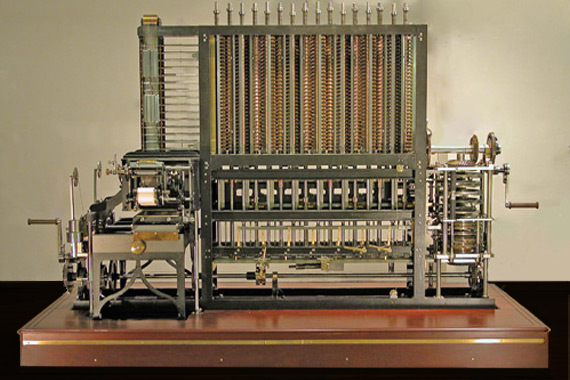
(mechanical, not digital, programmable, punch card storage)
1880s, Herman Hollerith completes the US Census using machine readable storage, punch cards. The Hollerith company became the core of IBM.
1936, Alan Turing, the father of modern computing, described algorithms and computation with the Turing machine
1930s-1940s, ABC (Atanasoff–Berry Computer ),
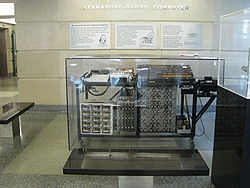
a single purpose (not programmable), electronic, digital computer
WWII, Bombe and Colossus were used to break the codes created by the Nazis using Lorenz and Enigma machines.
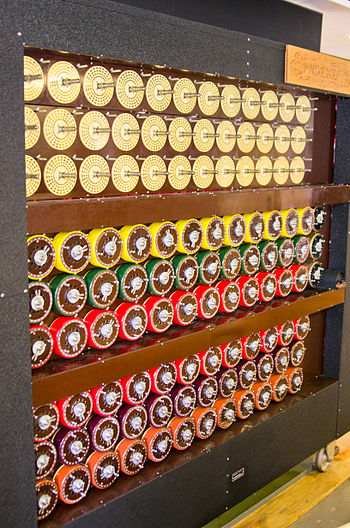
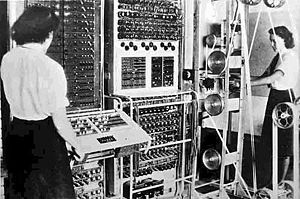
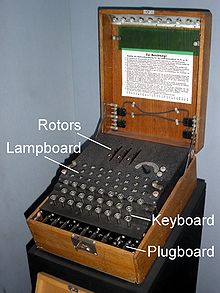

................................................................Craig Collins and an Enigma, taken at the Danish Resistance museum in Copenhagen, Netherlands
(electronic, digital, slightly programmable, not capable of stored programs)
1945-1948
John von Neumann pioneers stored programs, allowing what we would call 'computers,' such as ENIAC, Manchester Mk 1, etc., which often used vacuum tubes for storage
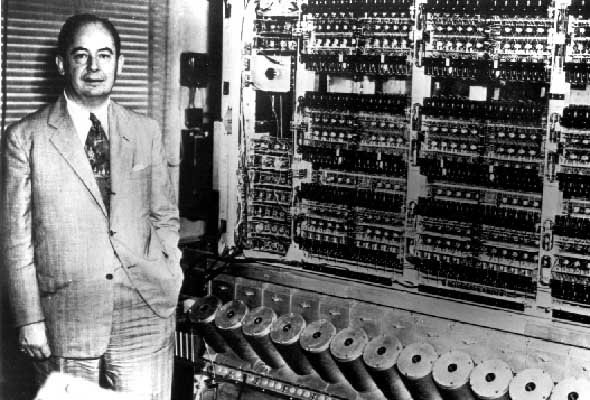
Modern Computers, focusing on those that used an OPERATING SYSTEM (OS)
UNIX related OS Apple
related OS Microsoft
related OS IBM related OS
1950s
1956
GM-NAA I/O for IMB 704
GM-NAA I/O was formed of shared routines that provided common access to the input/output devices, and allowed a new program to start when one had finished
1960s
1960
IBSYS
tape based OS for IBM 709x computers to control flow of programs on punch cards
1964
OS/360
for 360/System mainframes, which required direct access storage devices
1969
UNIX born at Bell labs, later refined especially at UC Berkeley, capable of running of different kinds computers (portable)
1970s
1972
MTOS Magnetic Tape Operating System used for CTC Datapoint
CTC Datapoint patent, first command line 'PC', leads to Intel producing CPUs
CTC 1201 released as intellectual property to Intel, renamed 8008
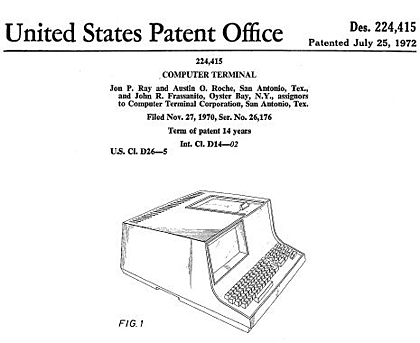

1973
Alto OS, for Xerox Alto
Developed at Palo Alto Research Center (PARC)
First PC with GUI, laser printer, mouse; had a basic network system

Modern Command Line Interface
1974-76
BASIC and CP/M used for Altair 8800
Intel 8080 chip released, using suggestions from Datapoint
MITS Altair 8800, using Intel 8080, first PC available to public (as a kit)
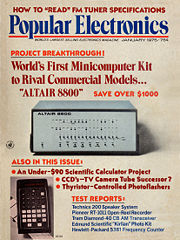
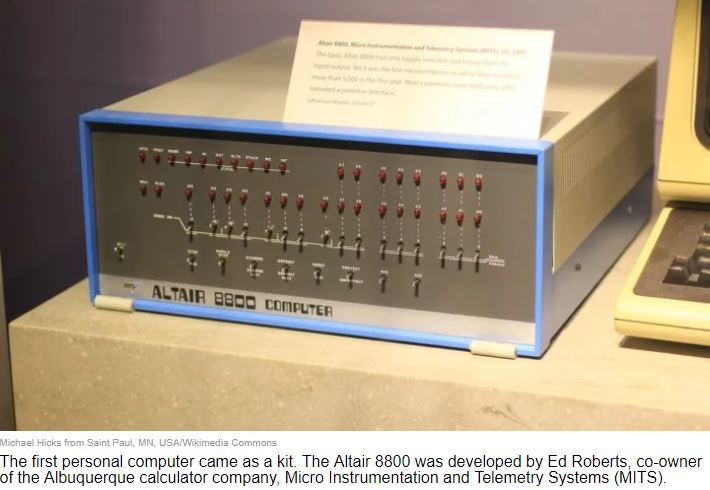
1976
Apple Basic
Apple I kit computer
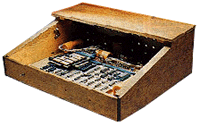
1977-8
Apple DOS 3.1 (first true Apple OS), first mass produced PC (and color graphics), Apple II
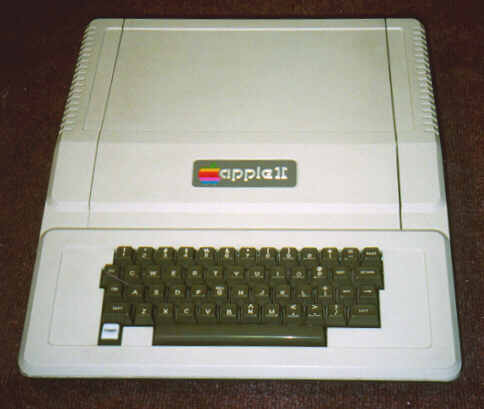
VMS
1980s
1980
OS-9
QDOS (Based on CP/M)
Xenix
1981
MS-DOS (Based on QDOS)
IBM PC, first Brand name PC, using
Intel
8088 CPU
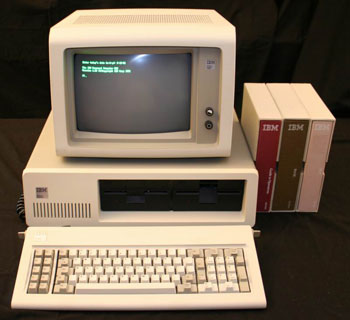
1982
Commodore DOS
SunOS (1.0)
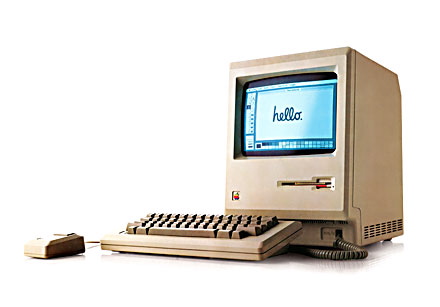
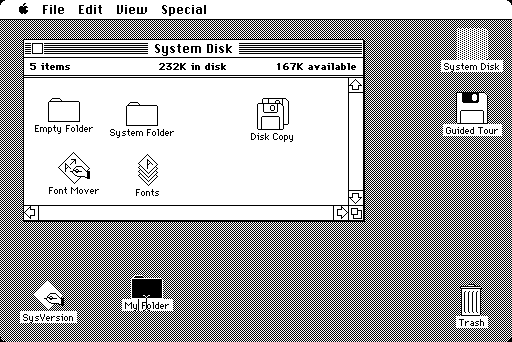
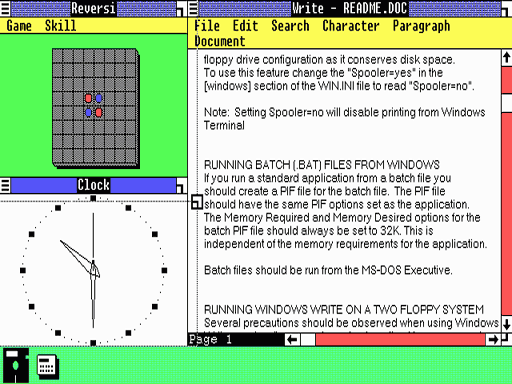
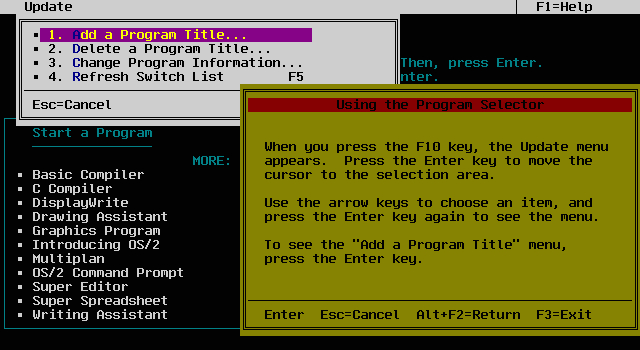
1990s
1990
BeOS (Non-Apple OS for Mac)
Windows 3.0
1991
Linux
1992
386BSD 0.1
Solaris 2.0 (Successor to SunOS 4.x; based on SVR4 instead
of BSD)
Windows 3.1
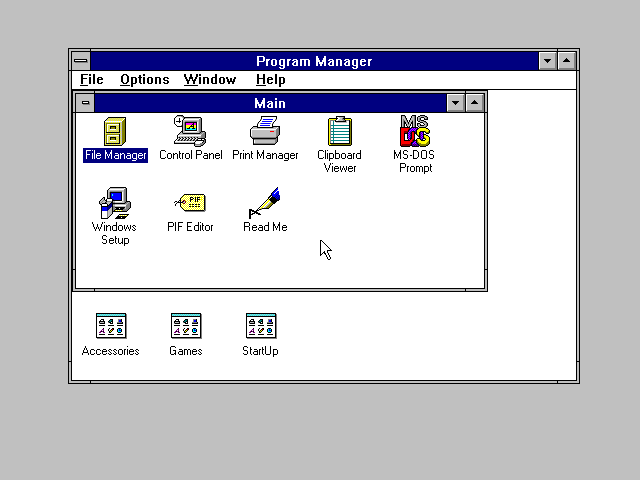
1993
FreeBSD
NetBSD
Windows NT 3.1 (First version of NT, WNT followed VMS)
2000s
2000
Mac OS 9
Windows 2000
Windows Me
Sources include Ralph McRae (UTEP), IMB, Apple, Microsoft, wikipedia.com, computermuseum.li, computerhistory.org,
Images are public domain images from the Wiki commons or copyright R. Craig Collins